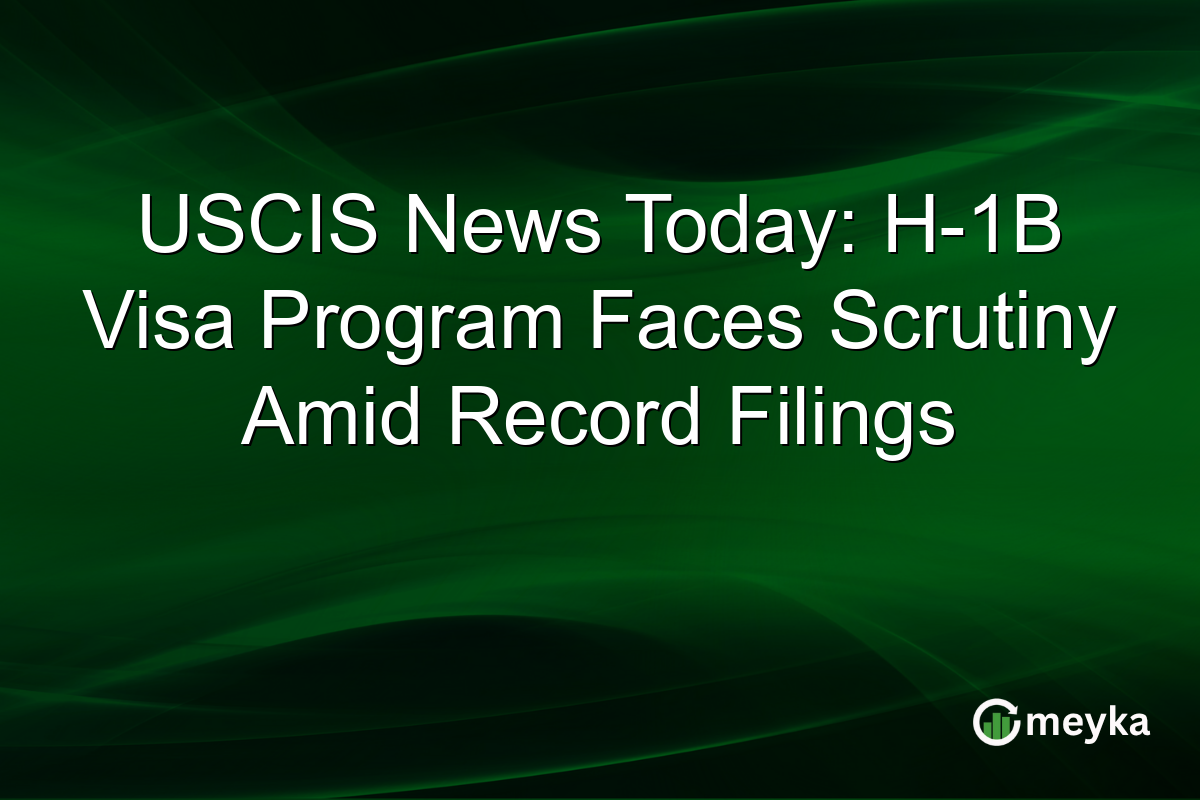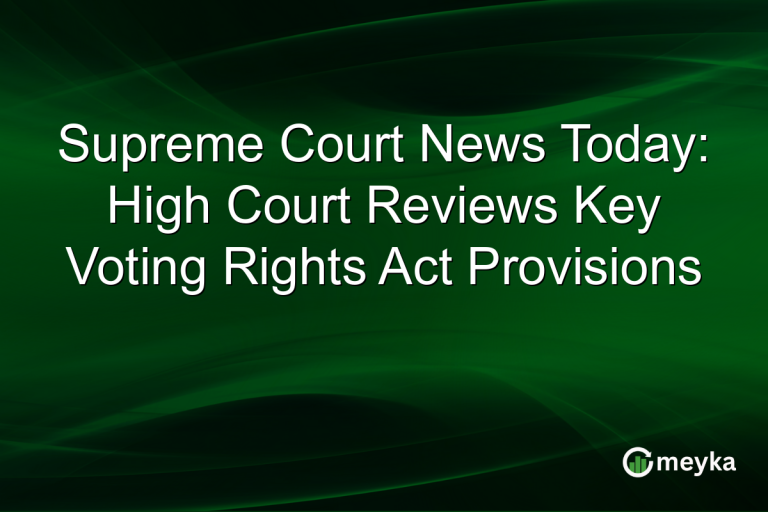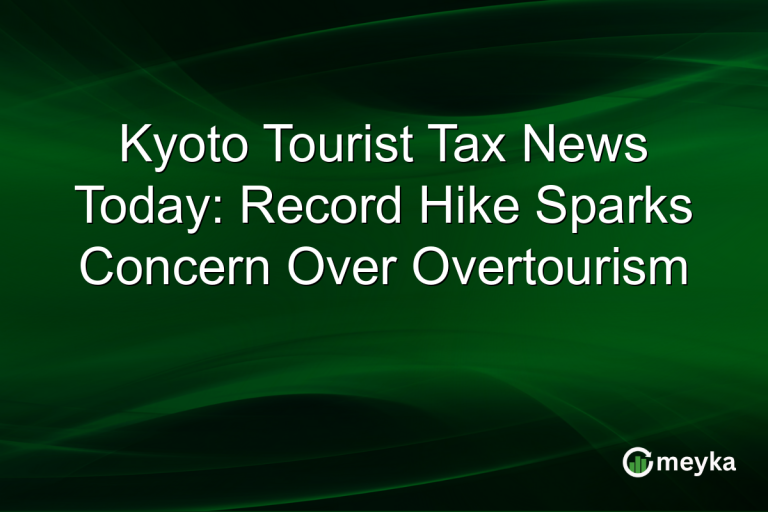USCIS News Today: H-1B Visa Program Faces Scrutiny Amid Record Filings
The H-1B visa program is once again in the spotlight as the United States Citizenship and Immigration Services (USCIS) reports a record number of applications for the 2025 cycle. This surge has reignited debates about potential reforms and policy changes. With significant implications for tech companies and multinational corporations reliant on skilled foreign labor, stakeholders are keenly watching for any shifts in legislative action.
Current State of H-1B Applications
The USCIS received unprecedented applications for the H-1B visa in 2025, highlighting the program’s continued popularity and necessity. According to official reports, the number of filings exceeded expectations, emphasizing the demand for skilled labor in the U.S. tech sector. Despite this demand, only 85,000 visas are available under the current cap, leaving many applicants uncertain about their future in the U.S. This imbalance between demand and supply fuels ongoing discussions about reforming the visa cap and selection process.
Potential Reform and Policy Implications
The influx of applications has policymakers considering changes to address the imbalance. Discussions focus on possibly increasing the visa cap, modifying the lottery system, or prioritizing certain industries or skill levels. Advocates argue these changes could benefit tech firms facing a talent crunch.
For more insights, check a recent discussion on X: https://reuters.com/legal/us-considers-h-1b-reform-employer-concerns-rise-2025-10-21/
However, opponents caution that expanding the program could impact domestic employment and wage levels. Legislative action on these matters could reshape the landscape for numerous companies and sectors.
Impact on Employers and the Tech Sector
Tech companies and multinational firms in the U.S. heavily depend on H-1B visas to fill highly specialized roles. The potential changes could significantly affect their staffing strategies and operational costs. A streamlined process might ease hiring hurdles, while increased caps could alleviate shortages.
However, employers must remain vigilant about compliance and adapt to any modifications swiftly. For example, if priorities shift towards higher skill levels, companies may need to alter their recruitment strategies accordingly.
Final Thoughts
As the H-1B visa program faces scrutiny due to record application numbers, stakeholders are navigating a landscape of uncertainty and potential reform. Legislative changes could alter recruitment and hiring dynamics significantly. Employers in the tech sector and beyond should prepare for possible policy shifts that could impact their operational strategies and workforce planning. Staying informed about USCIS developments and proposed reforms will be crucial for adapting to a potentially transformed employment visa landscape.
FAQs
The surge reflects the high demand for skilled labor in the U.S., particularly in the tech sector. Despite a limited cap of 85,000 visas, companies continue to rely on the H-1B program to fill critical roles.
Potential reforms include increasing the visa cap, changing the lottery system, and prioritizing applicants based on industry or skill level. These changes aim to better match the visa supply with the demand from employers.
Employers could face fewer staffing challenges if caps are increased, but they must stay prepared for compliance requirements and shifts in policy that could impact hiring strategies.
Disclaimer:
This is for information only, not financial advice. Always do your research.






